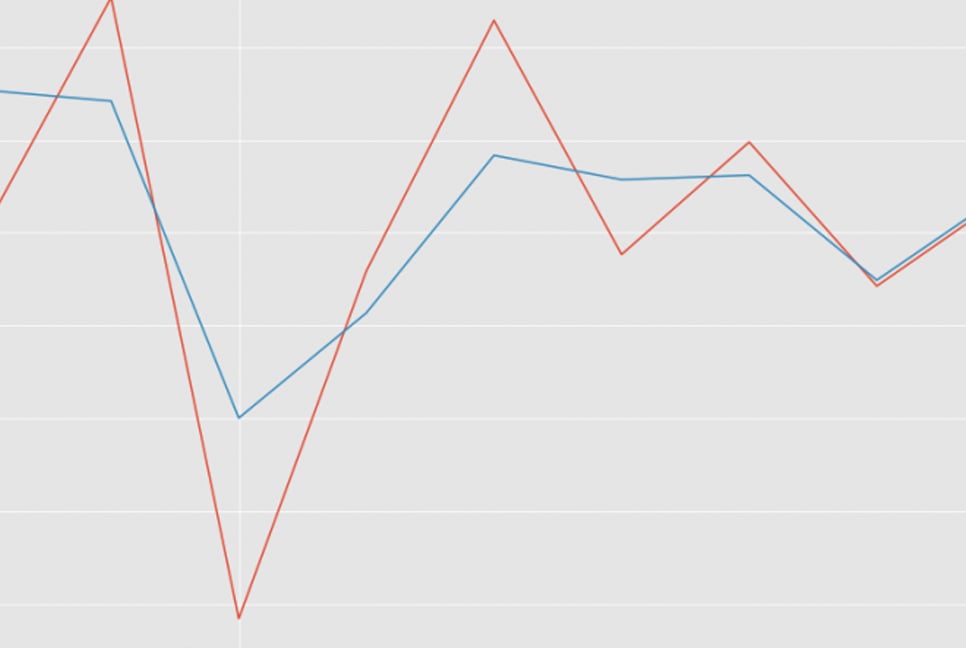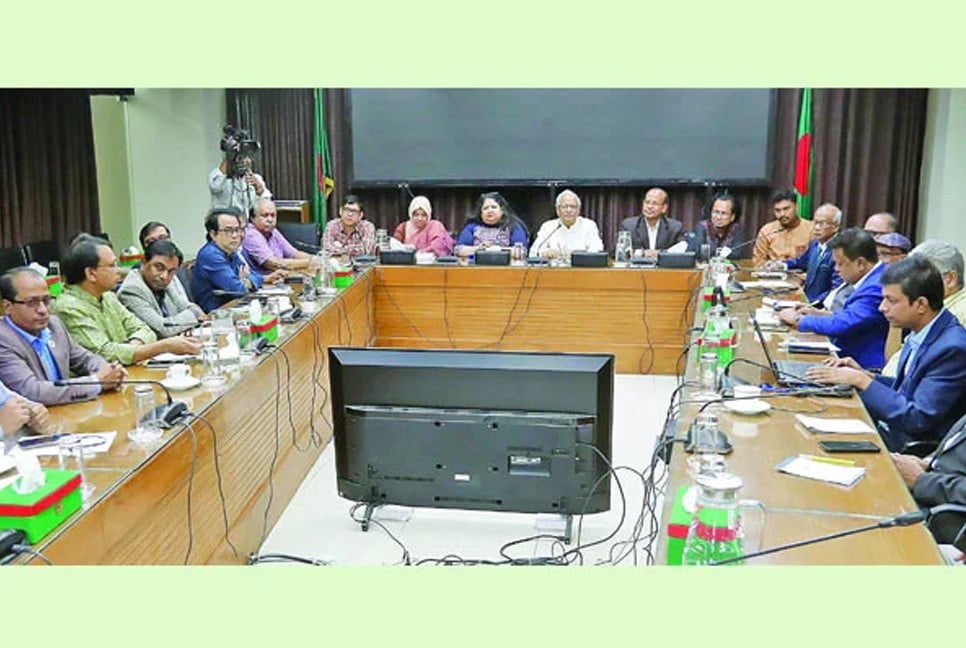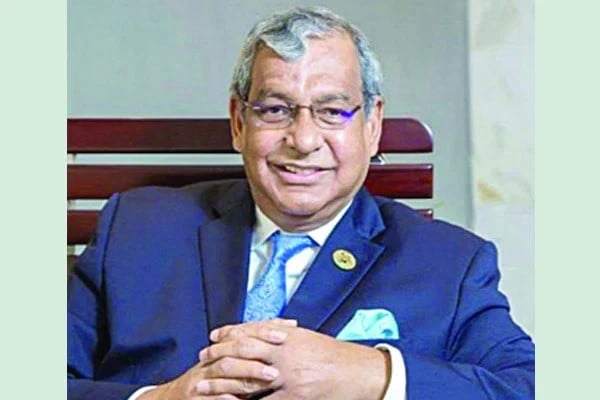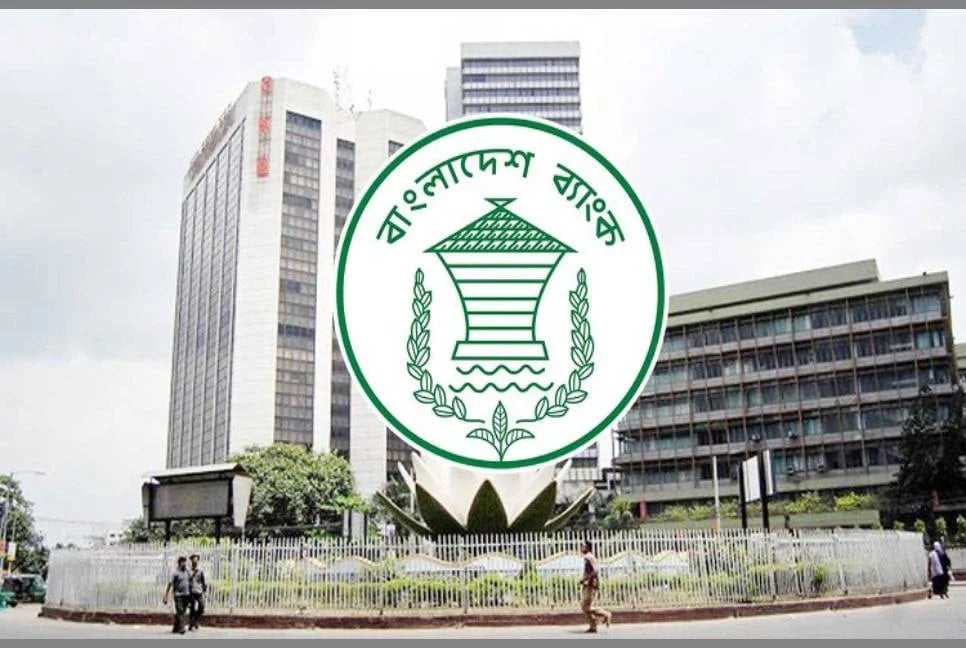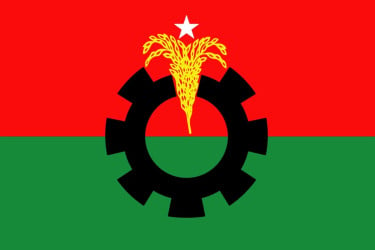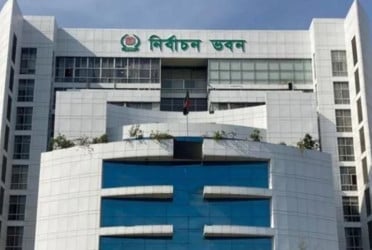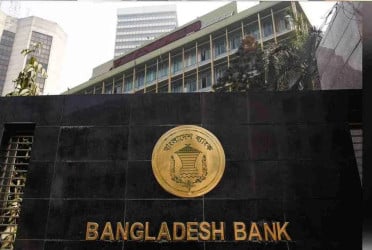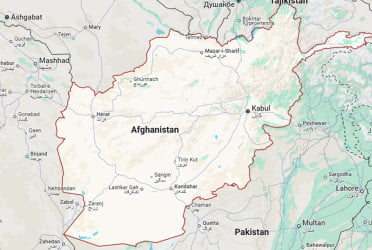Serious discrepancies are observed in almost all information of statistical systems starting from economic, socioeconomic indexes to agriculture and industrial production. There’s huge mistrust over the survey information of statistics department (Bangladesh Bureau of Statistics). The government was also discontent over the discrepancies of information. Hence, they faced various problems regarding taking policy making decisions.
Due to the ultimate result of discrepancies of information, the common people had to face serious sufferings, which crated instability and lack of trust in overall socioeconomic sphere of the country. The excessive price hike couldn’t be put under despite numerous efforts. In this circumstance, the interim government has taken initiative to publish real information on various economic and social indexes.
According to sources, the Awami League (AL) government, which departed with the title of a dictator, resorted to falsification of the country's production and development statistics to show hollow development. There were wide discrepancies in the statistics of food production, fish, meat, milk, eggs, population, per capita income, average age, defaulted loans, unemployment, poverty alleviation, GDP and inflation. Interim government has taken initiative to get accurate account of production and development. For this, the finance department has given instructions to calculate the actual rate of inflation and GDP, calculate the correct estimation of revenue and export income. Recently, the Ministry of Finance has ordered the relevant ministries and departments to publish real information through reforms. The National Board of Revenue (NBR), Bangladesh Bureau of Statistics (BBS) and Export Development Bureau (EPB) have already started reforms in these four sectors of the economy. It is said that initiatives will be taken to find out the real statistics of production, import, actual demand, population, per capita income and other issues.
A source of Bangladesh Bureau of Statistics (BBS) said inflation data was being in a lesser number to create illusion of development and influence people. At the same time, the data of per capita income, product production and GDP were shown.
According to sources, comparing the data of US Department of Agriculture and Bangladesh Agriculture Department, it has been found that the production of paddy and rice has been shown to be more than 3 million tons per year in the last decade. At the same time, the production of milk has been shown to be more than 50 lakh tons, according to a study of Bangladesh Agricultural University. Comparing data of DLS with that of BBS, egg production was also shown to be 30 percent higher. Similar data discrepancies exist for other agricultural products. On the other hand, the actual population data in the latest census is also disputed. Analysts feel that the real population data never came out.
Meanwhile, while the GDP data is inflated, the actual inflation data is never released. As a result, the price control strategy has not worked in the last decade and a half. Meanwhile, the government is in a hurry to get out of the list of least developed countries, for which social and economic indicators have exaggerated. In this case, per capita income has been shown greater that it was originally repeatedly. The latest published figures show a per capita income of $2,784, about which there is disbelief in the public mind. Analysts also say that this is not real information. In fact, the per capita income of the country's people must have been even lower. On the other hand, the number of unemployed people has been reduced. There has not been any employment in the country in the last decade and a half. In addition, the number of unemployed is shown to be only 27 lakhs, which experts consider unbelievable.
In the latest report, the amount of defaulted loans of the banking sector has been shown to be Tk 1 lakh 27 thousand crores. But actually the amount would be around 3 lakh crores. That is why the ongoing cash crisis of the banking sector has not been resolved even in a decade and a half.
Discrepancies has also been used in poverty alleviation, employment and life expectancy. The average human lifespan was once shown to be over 72 years. There is confusion and disbelief over this information.
The Finance Department feels that there is a large discrepancy in the actual data, which is causing miscalculations in the macro economy of the country. While increasing the GDP rate, the actual production of food was lower, originally it was higher. There is a need to increase food imports to meet the deficit, but it is not forthcoming, due to which chaos was created in the market and inflation was increasing. Apart from this, even though the export income is showing in the ledger, its positive effect is not falling on the reserves. On the other hand, there is mismanagement of government expenditure due to lack of real data of revenue income. To deal with this, the government has to borrow more than the target, putting the economy under pressure. As a result, due to misinformation, existing policies in these sectors are actually in need of revision, but remain hidden.
Inflation is determined by changes in prices of 120 to 130 food and non-food products including rice, pulses, and fish. In this case, if the people in charge of BBS do not register the prices of products in the market correctly, there will be a mistake in determining the rate of inflation. However, since the BBS tends to understate product prices, the report does not capture true inflation.
Meanwhile, there is a discrepancy between the government's published GDP rate target and the forecasts of development partners like World Bank and IMF almost every year. Generally, government targets have always been higher. The Awami League government has decided the GDP rate for the current financial year. Although the growth was estimated at 6.7 percent, it has been revealed that it will be 4 percent in the World Bank's forecast. In the previous financial year (2023-24), the growth was estimated at 7.5 percent, but it was finally achieved at 5.82 percent. But development partners are not accepting this rate of GDP growth. They show a slightly lower growth rate. World Bank says the achievement will be no more than 5.6 percent.
Former Chief Economist of World Bank Dhaka Dr Zahid Hossain told The Bangladesh Pratidin that the issue of discrepancy in statistics has been discussed for a long time. But no one protested it during the Awami League government. The then government did not listen to those who raised questions personally. The government has done all this to take advantage. The problem caused by this is that, although the GDP was shown to be higher, in reality there had been no change in the quality of life of the people. He thinks that due to not revealing the correct statistics of production and demand, it has had a big negative impact on the market.
(Translated by Lutful Hoque)

